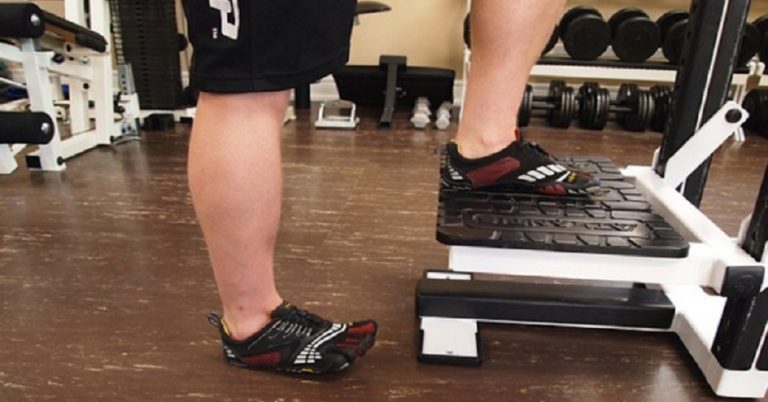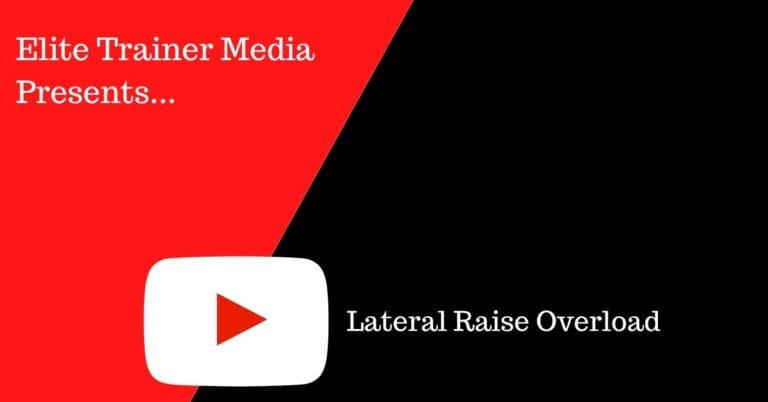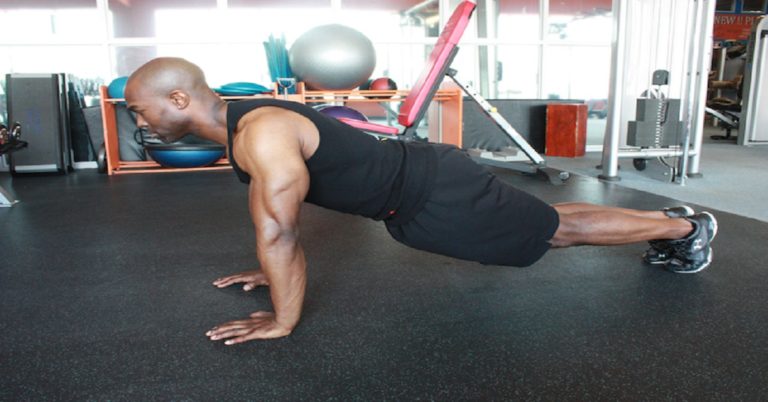You won’t find a better exercise for building the lower body than the squat. However, that doesn’t mean squats should be the only tool in your toolbox! Recently, single-leg training has been championed as a suitable alternative to bilateral squatting, with split squat and lunge variations being the go-to choices for folks seeking a break…
In the presentation below, I introduce a fresh approach to structuring strength training programs: The Alternating Conjugate Periodization Model. This method optimizes strength development by strategically alternating training variables to prevent plateaus and maximize progress. I think you’ll find it interesting—take a look. For a deeper dive into periodization strategies, check out page 101 of…
One of my most popular articles to date is about calf training: The Answer for Massive Calves It’s been widely discussed in forums, and I still receive questions about this method—especially about tempo: “Is it really necessary to go that slow when training calves?” Yes, it absolutely is. Here’s why. Why Slow Reps Matter for…
Staying up to date with scientific research can provide valuable insights for health and fitness professionals. If you’re a personal trainer, here are some recent findings that can help you stay ahead of the pack: 1. Recruit Fast-Twitch Muscle Fibers for Rehab and Performance Lovering performed muscle biopsies of the rotator cuff and found the…
We know that the supraspinatus plays a greater role in the first 15–30 degrees of a lateral raise, while medial deltoid activity peaks between 90–120 degrees. So, how can we use this information to our advantage? If you want to place more stress on the supraspinatus fibers—such as during rehab from a rotator cuff repair—overload…
I have hundreds of old muscle magazines tucked away in storage, but the one that started it all for me was the December 1985 issue of MuscleMag International, featuring Scott Wilson on the cover. I must have read that magazine every day for weeks. One of the standout pieces in that issue was an excerpt…
Most people “wear their shoulders too low,” according to Dr. Shirley Sahrmann, author of Diagnosis and Treatment of Movement Impairment Syndromes. At an Ontario Kinesiology Society seminar in 2004, Sahrmann pointed out that shoulder depression causes more problems than elevation—one of the most common being neck pain. Simply raising the shoulder girdle can improve cervical…
Many strength athletes are creatures of habit. They do the same thing day in and day out. They get big, they get strong, and sometimes they get bored! A great way to cure boredom is to set a challenge. Forget about adding more weight to the bar. Do something different. In fact, forget the bar…
On January 19, 2015, I posted the first blog entry of the year, and here we are today—12 months and 225 posts later. Our readership has grown considerably over the past year. The number of newsletter subscribers and social media followers has increased steadily as well. On LinkedIn, for instance, we started the year with…










